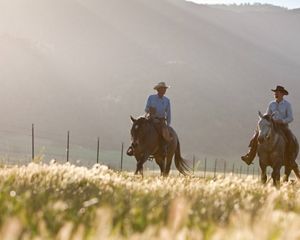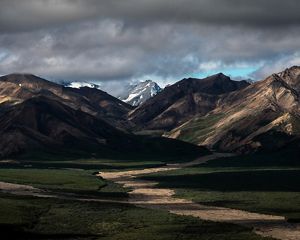
Dense forests, winding shorelines, expansive grasslands and desert landscapes. They are our playgrounds for exploring and seeking adventure. They keep nature in balance. They make local economies stronger. Under the careful and responsible management of federal land agencies, America’s public landscapes help meet the needs of people and nature.
But threats to the country's public lands are growing. There are new guidelines that will make it harder to use existing dollars to fund public lands. Proposals are being made to redirect funding that has been set aside to create and maintain public lands, as well as to sell off public lands for non-conservation uses. And development is encroaching upon these landscapes.
Americans put their trust in federal government workers—park rangers, firefighters and others—to preserve the nation’s natural legacy for future generations. Ninety three percent of Americans agree that one of the things our government does best is to protect and preserve our national history and natural beauty.
Congress, therefore, must stand up for public lands. It must keep public lands in public hands.
Public Lands Support our way of life
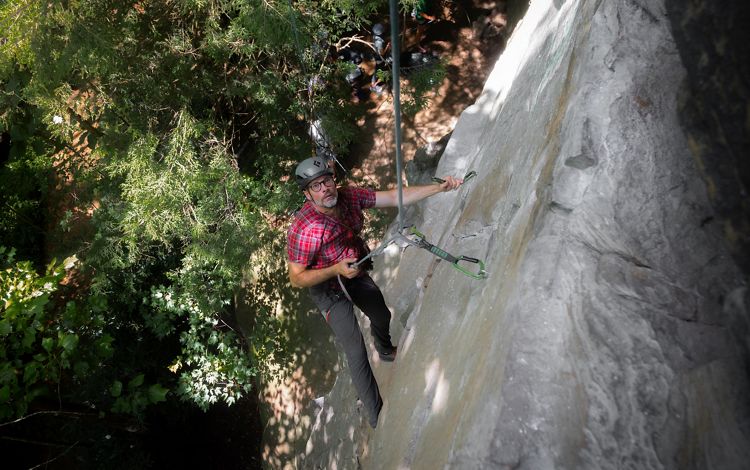

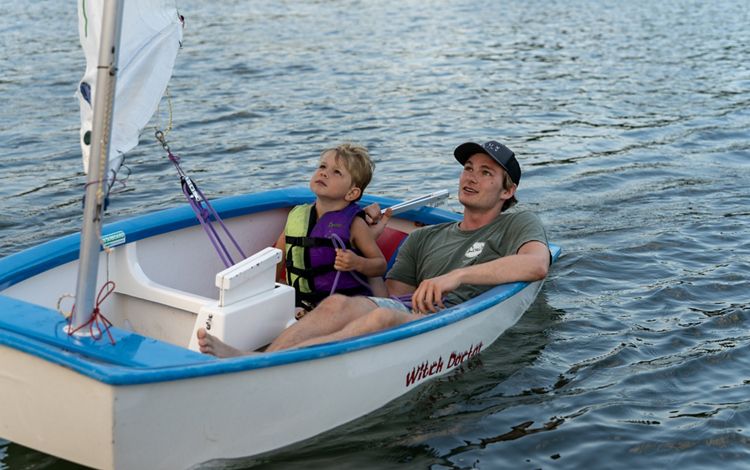
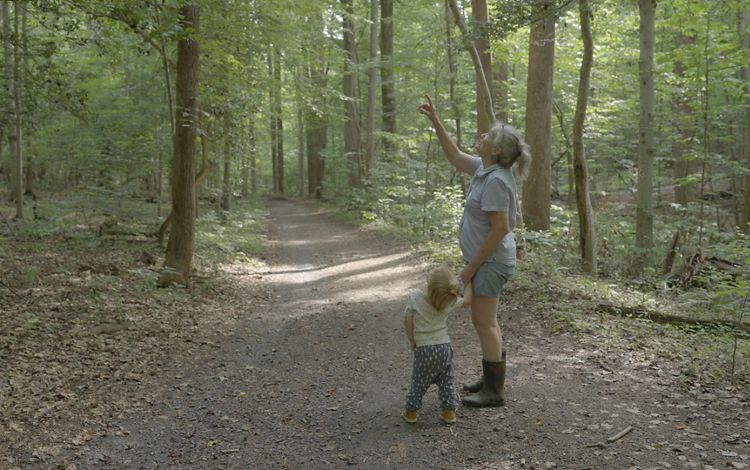
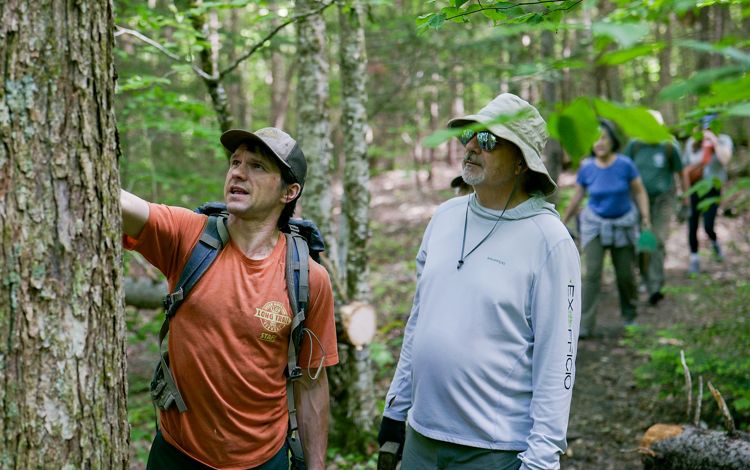

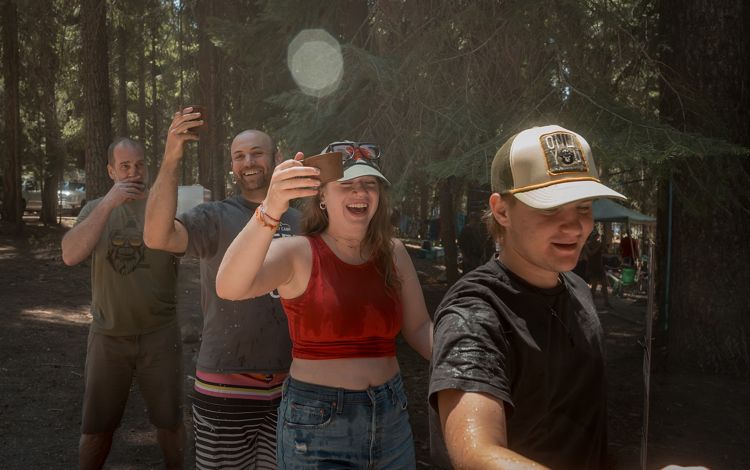
Speak Up for Nature
Take Action
Add your name to tell your congressional leaders that public lands need to remain in public hands.

Public lands must be transferred responsibly—not sold off to the highest bidder.
There are already processes in place that spell out when and how the federal government is allowed to sell public lands if conditions to do so are warranted. When done in consultation with stakeholders through a transparent and science-driven process, the transfer of lands from the federal government can be an effective tool for balancing conservation with other uses and the needs of the local community.
Examples include selling parcels that have been identified through a planning process as having low conservation value and being scattered, isolated or otherwise challenging and expensive to manage. There are also situations where public lands that were protected for a specific purpose are no longer needed or the sale would serve important public objectives.
But decisions to sell public lands in the U.S. must follow a transparent process and should not be taken lightly. Any sort of large-scale sale of the public's protected, natural landscapes is an irreversible, dangerous direction for the country. It could erase these landscapes’ natural benefits and open the door for similar selloffs in the future. That is why The Nature Conservancy opposes any large-scale sell-off of federally owned lands for non-conservation uses.
High Support for Public Lands
Americans overwhelmingly agree—we must protect and invest in public lands and waters—even in tough budget times.
-
93%
American voters who want to continue to use fees from oil and gas drilling to fund the Land and Water Conservation Fund.
-
89%
Voters who agree that even with federal budget problems, funding to safeguard land, air and water should not be cut.
-
85%
Voters who see dedicating funds to protecting places that are for sale inside existing public lands, national parks and national forests as extremely important.
-
82%
Western voters who reject selling public lands to address housing problems in their state.
-
78%
Americans who prefer spending LWCF funds on land, water and wildlife protection over diverting them to roads and infrastructure on public lands.

Defend LWCF
For more than 60 years, the Land and Water Conservation Fund has protected millions of acres of natural landscapes in every county in the U.S.. But new federal guidelines will create obstacles to using the funding.
Tell Congress now to defend LWCF and oppose creating new roadblocks for critical LWCF projects.
Public lands for the public good
The federal government has, for decades, helped conserve, restore and manage large natural landscapes. And this work is vital because public lands:
Safeguard our traditions of hunting, fishing and other outdoor recreation.
Drive a $1.2 trillion outdoor economy that supports communities across America, according to the Bureau of Economic Analysis.
Are the source of food and shelter for a wide variety of plants and animals.
Congress and the administration must focus on increasing the federal government’s investment in the care and management of America’s public lands. Doing so would not only preserve and expand on the benefits they provide. It also would help ensure the federal government can continue to maintain and manage public lands on behalf of all people who live in America.
One of the best tools for this is the Land and Water Conservation Fund. The Great American Outdoors Act, signed into law in 2020, provides mandatory funding for LWCF at no less than $900 million a year. And this funding comes entirely from the proceeds from offshore oil and gas leasing. None of this money comes from American taxpayers. LWCF is a popular program that does not need to be reformed.

